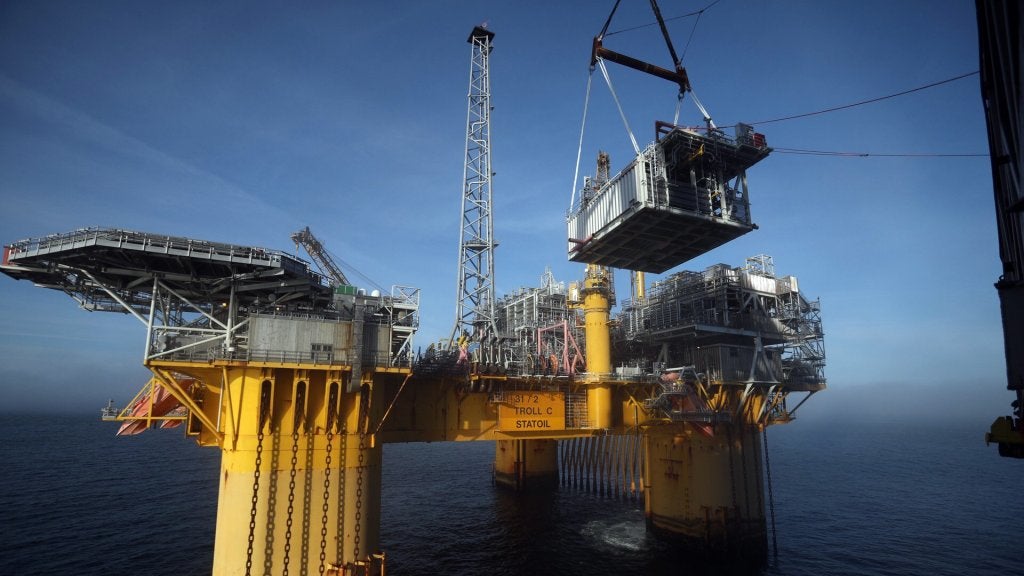
Equinor announced it has commissioned a new gas module for the Troll C platform in the UK North Sea, which will improve production from the Fram field.
Situated about 20km north of Toll field in the north of the North Sea, Fram field lies at a depth of approximately 350m.
According to Equinor, the operational commencement also allows it to tie back future discoveries to the platform.
In 2017, Equinor and partners decided to invest Nkr1bn ($122.56m) in a new gas module on the Troll C platform. This will increase the gas processing capacity of the platform by 3.5 million standard cubic metres per day (mmscfd).
Equinor west operations senior vice-president Gunnar Nakken said: “The gas module accelerates gas production and capacity in the Fram licence for existing and new wells, adding valuable short-term value. At the same time the gas module allows new future discoveries to be tied in.”
The company said that the investment was essential to develop Troll C platform as a hub for the area.
Aibel in Haugesund built the over 400-tonne gas module, featuring gas drying and cooling systems. Aibel in Bergen carried out the engineering work.
Equinor senior vice-president Geir Tungesvik said: “The project had a very important employment effect in a period of few new contract awards, and it was delivered without serious incidents and on budget.”
Last month, Equinor announced plans to cut greenhouse gas (GHG) emissions generated at offshore fields and onshore plants in Norway. It aims to reduce emissions by about 40% by 2030, by 70% by 2040 and to near zero by 2050.



